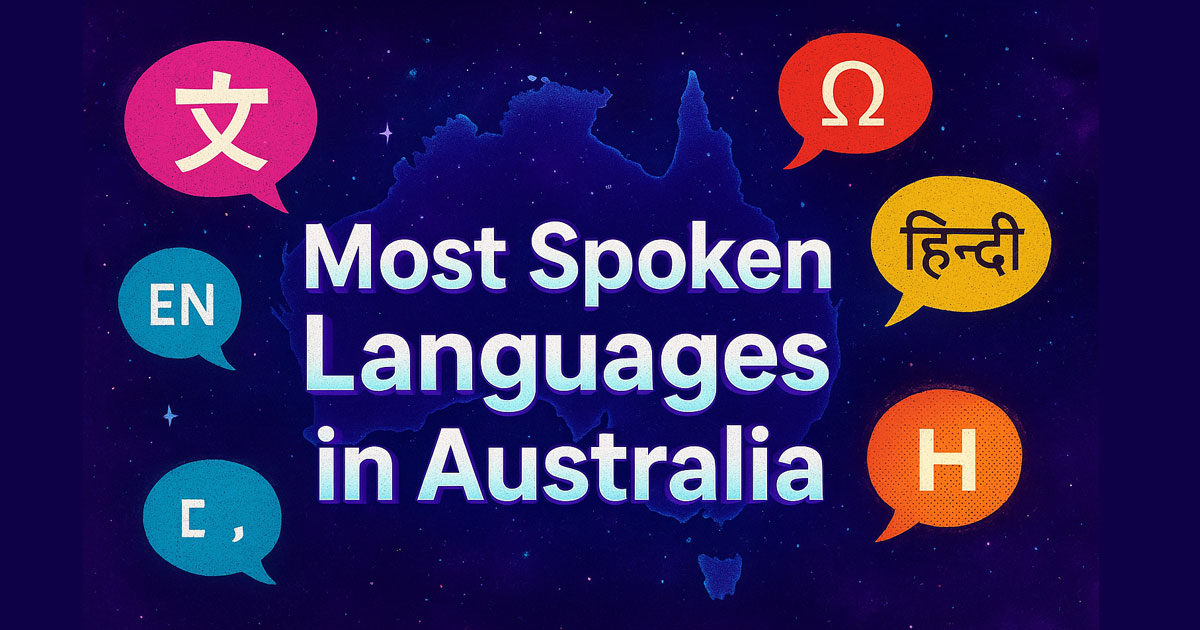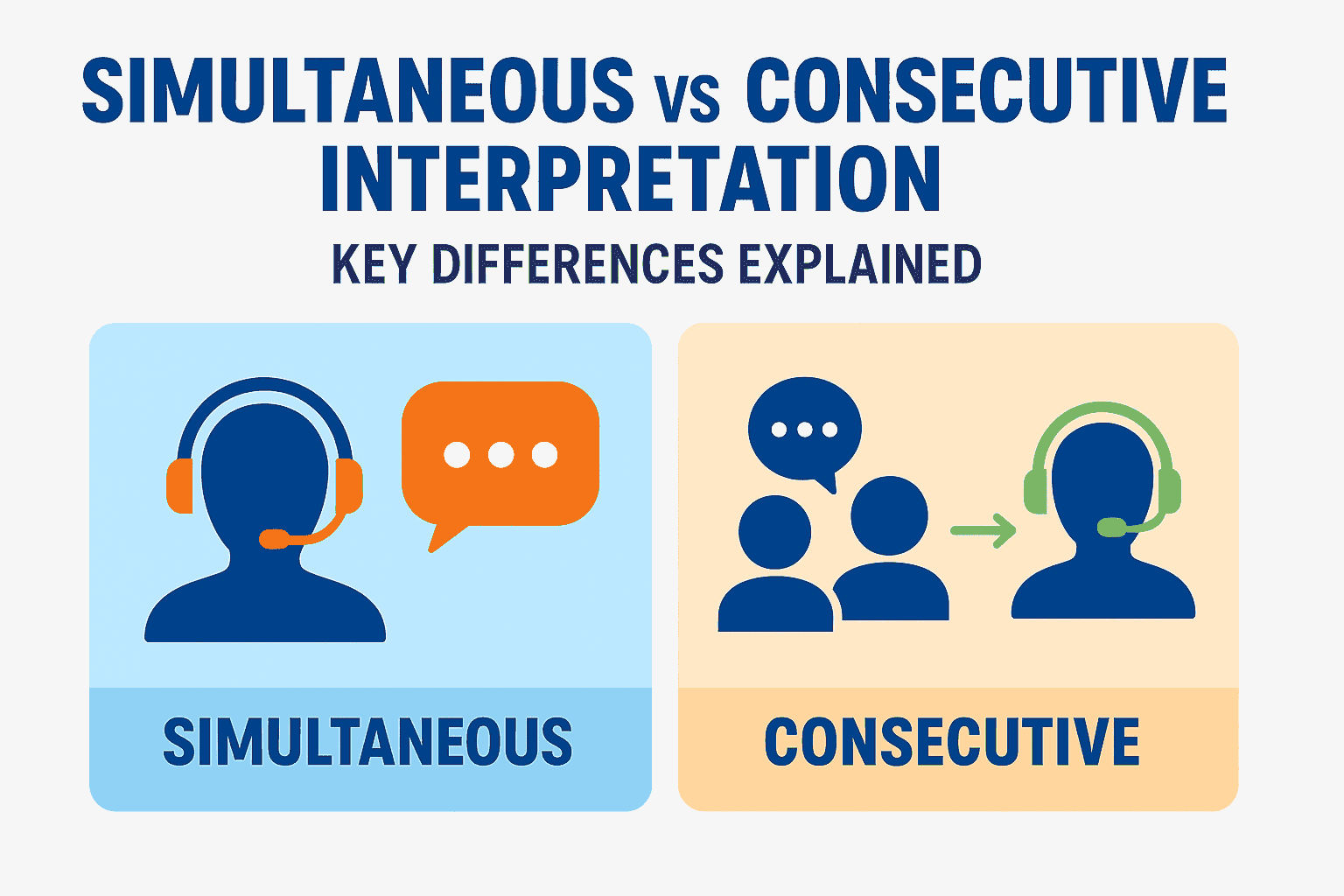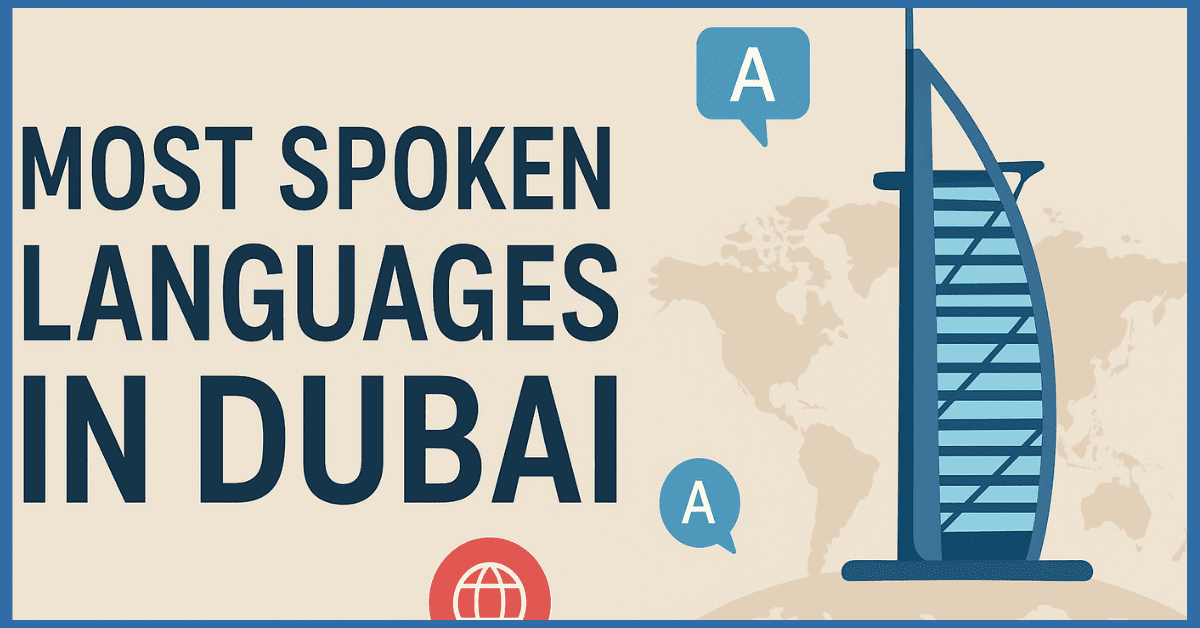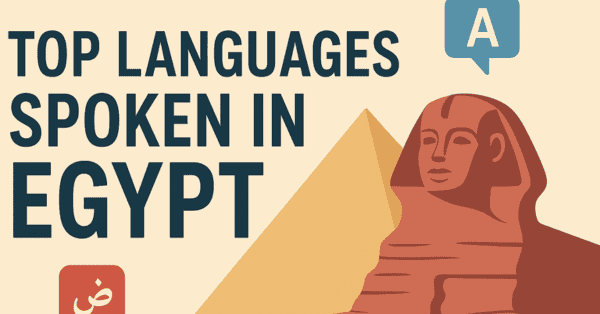
Most Spoken Languages in Australia
There are a variety of languages in
Australia. If you take a stroll along the avenues of Sydney, Melbourne or
Brisbane and you will hear much more than English. The nation has become a
really multicultural country with immigrants bringing their native languages
and making colorful communities. This transformation is a strong narrative of
the way that Australia has developed and evolved in the past decades.
This trend is reflected in the figures.
Recent census statistics indicate that one out of every five Australians speaks
a non-English language at home. The country has a population of over 250
languages.
These statistics indicate a country that is
a product of immigration and cultural diversity. English is still the language
of dominance but millions of Australians preserve the language of their parents
and grandparents.
Mandarin
The Mandarin Chinese has emerged as one of
the most vocal in this amalgamation. More than 5.5 million Australians use
Mandarin as a home language, and it is the most prevalent non-English language.
Mandarin emergence is an indication of the increasing popularity of Australia
as a destination of Chinese immigrants and international students.
Mandarin is used by families in their lives
and businesses have started to realise the value of it. Schools are currently
providing Mandarin lessons and a good number of the Australian population is
learning it to converse with their neighbours and workmates. The Mandarin
influence is ever-increasing with the increasing Australia-China relationship
that is established by trade and cultural exchange.
Arabic
The fourth largest language in Australia is
Arabic speakers. Approximately there are 300,000 Arabic-speaking households.
There are numerous Arabic speakers belonging to the countries of Middle East
and North Africa. They have established great societies in cities such as
Sydney and Melbourne where Arabic is spoken in markets, mosques, and family
get-tgether. The use of Arabic language media, schools and support services
assist these communities to remain in touch with their roots as they establish
themselves in Australia. The language reflects the strong cultural values of
the Middle East and other regions.
Vietnamese
Vietnamese has had a permanent position in
the Australian society. At home, there are around 260,000 speakers of
Vietnamese in Australia. The Vietnamese community came in greater numbers after
the defeat of Saigon in 1975 and they have established successful
neighbourhoods in the nation. Vietnamese restaurants are now a favorite part of
the Australian cities and the language runs through these premises. The
families in Vietnam strive to transfer their language to the younger generation
as their children become proficient in both Vietnamese and English.
Cantonese
The population of Chinese in Australia is
higher per capita than any other non-Asian country. The latest census in 2021
showed that there were 130,00,000 Australians who recognised themselves to be
of Chinese descent. This constituted 5.5 percent of the total population in
Australia. The same census recorded 900,000 Australians that primarily spoke
Mandarin or Cantonese at home, which is a percentage of 4.0 of the total
population in Australia and the second language spoken in Australia after
English. Chinese language is a significant constituent of the Chinese
Australian identity.
Punjabi
Punjabi speakers carry their language into
India and Pakistan. It is estimated that there are about 160,000
Punjabi-speaking Australians at home. The Sikh communities especially have
preserved Punjabi as a religion and a family tradition. Sikh temples known as
Gurdwaras are a meeting point where Punjabi flourishes. Punjabis in Australia
derive spiritual meanings and cultural identity in the language.
Greek
Greek is firmly embedded in the Australian
society. There are approximately 150,000 Greek speakers at home. Greek
community settled in Australia in the 1950s and 1960s when lots of Greeks
arrived with intentions to find better opportunities. They constructed
churches, schools and cultural centres which kept the Greek language and
traditions alive. The Greek Australians still speak the language and they have
formed communities where Greek culture is alive and breathing.
Italian
Another important group is Italian
speakers. There are approximately 140,000 Italian speaking Australians in their
homes. The Italian immigrants came in huge numbers in the post-war period and
established communities that have been observing the Italian culture up to
date. The Italian restaurants, cafes and shops are there to remind the people
of the Italian influence on the Australian life. They teach Italian words and
phrases to their children keeping them in touch with their homeland.
Filipino
The Filipino or Tagalog speakers are
approximately 130,000. Philippines offers some of the fastest growing migrants
in Australia. Healthcare, education, and domestic services are the most common
places of employment of Filipinos. They carry with them their language and
their lovely cultural practices to their new country. Tagalog resonates in the
Filipino communities particularly amongst younger Australians who speak the
language in addition to English.
Hindi
Hindi links about 190,000 Australians to
the Indian culture and heritage. In Australia, the Indian community has been
increasing considerably in the recent years. Hindi is one of the key languages
in India and it has a bearing on the culture of millions of Indians residing in
Australia. Hindi continues to be spoken, celebrated and practiced by students,
professionals and families.
Spanish
Spanish makes it to the top ten home
languages of the Australians. About 110,000 people speak Spanish. Spanish
speakers belong to different countries of Central and South America, and Spain
itself. They introduce different cultural practices and views to the Australian
society.
These ten languages are only the tip of the
iceberg in terms of the linguistic diversity that prevails in Australia. Both
languages have tales of immigration, struggle, achievement and cultural pride.
The advantage of Australia is not the existence of a unifying language but the
fact that various groups of people preserve their traditions and construct the
nation collectively. The future of Australia will be defined by the extent to
which these various linguistic groups understand and appreciate each other.
Reach out to the best translation services
provider to translate your product and services in the above languages to reach
the maximum population in Australia.



